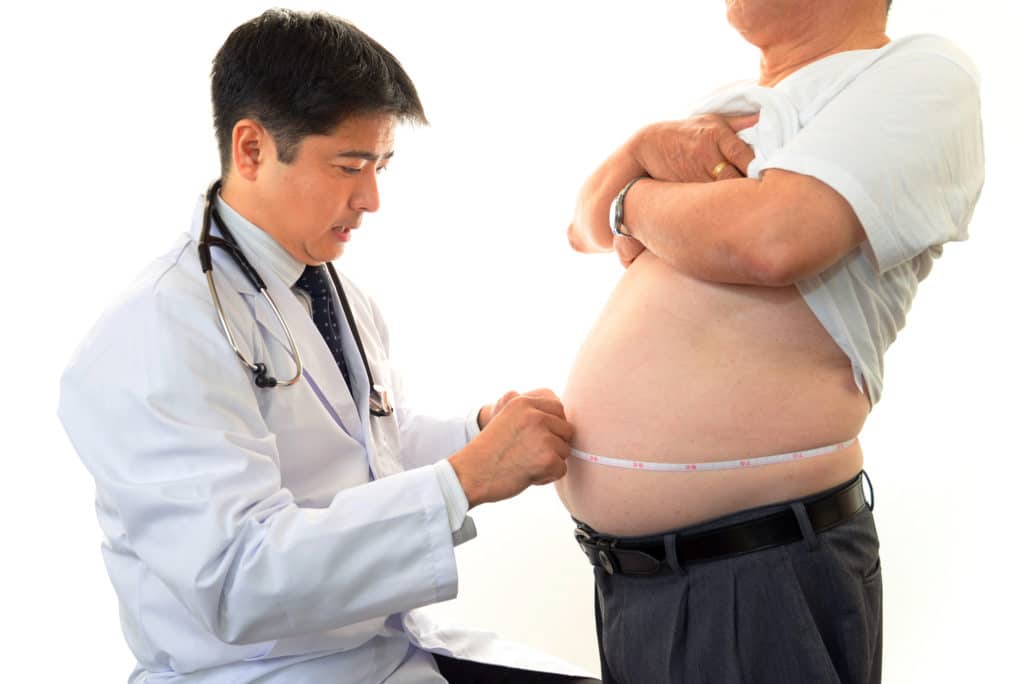Abdominal Obesity—A Warning Sign of Low Testosterone
Low testosterone (hypogonadism) and Testosterone Replacement Therapy (TRT) should be part of the conversation you’re having with your medical provider, particularly if you’re overweight.
Recent studies link abdominal obesity—accompanied by symptoms—to low testosterone levels. These studies show the need for both patients and physicians to be aware of both the warning signs and the complications associated with poor hormonal health.

Belly Fat Associated With Higher Mortality, Heart Disease
Research is finding that the amount of weight you carry around your belly and waist may be a more accurate indicator of health risks than your total body fat measured by BMI (Body Mass Index).
Abdominal obesity is associated with the following:
- Higher mortality than generalized obesity
- Increased risk factors for cardiovascular disease compared to generalized obesity
- Elevated disease risk through heightened insulin resistance, directly associated with belly fat
- Increased rates of diabetes, and cancer, regardless of BMI
- Increased metabolic risk in men
- Higher rates of low testosterone and other hormone imbalances
- Premature degenerative or “wear and tear” to hip and knee joints
Excess belly fat is more than just unsightly. The above list of risks and complications show it can be dangerous to a patient’s health.
Abdominal Obesity and Low Testosterone
The link between abdominal obesity and low testosterone is of particular interest, possibly revealing treatment avenues related to restoring a healthy hormone balance.
Low testosterone levels are associated with more belly fat. Large amounts of belly fat produce estrogen, driving testosterone levels even lower.
Supporting that conclusion, studies have produced data showing that abdominal obesity is associated with low testosterone levels in men.
In other words, the larger a man’s waist size, the lower his free (active) testosterone is likely to be.
One recent study went even further, showing that men over 40 with abdominal obesity have a higher incidence of:
- Low testosterone
- Erectile dysfunction
- Metabolic syndrome
All appeared proportional to belly size.
Another study examined the connection between waist-to-height ratio and testosterone levels by monitoring 207 men over 54 who displayed symptoms of Low T, but who were otherwise in good health.
It found that a waist-to-height ratio above 0.5 correlates with low testosterone levels.
Low T and Belly Fat: The Takeaway
The risks and potential complications associated with abdominal obesity are serious and require intervention.
Research indicates that raising testosterone levels through Testosterone Replacement Therapy (TRT) often aids the body in reducing fat production and increasing lean muscle mass.
Awareness of the increasing scientific evidence should prompt a conversation between patients and medical providers about more thorough blood testing, evaluation, and, if necessary, the development of a proper treatment plan that could restore the patient’s hormone levels and decrease health risks associated with obesity.
Learn more about TRT in our all-inclusive guide, which provides facts and answers to the most common questions regarding the treatment of low testosterone.
